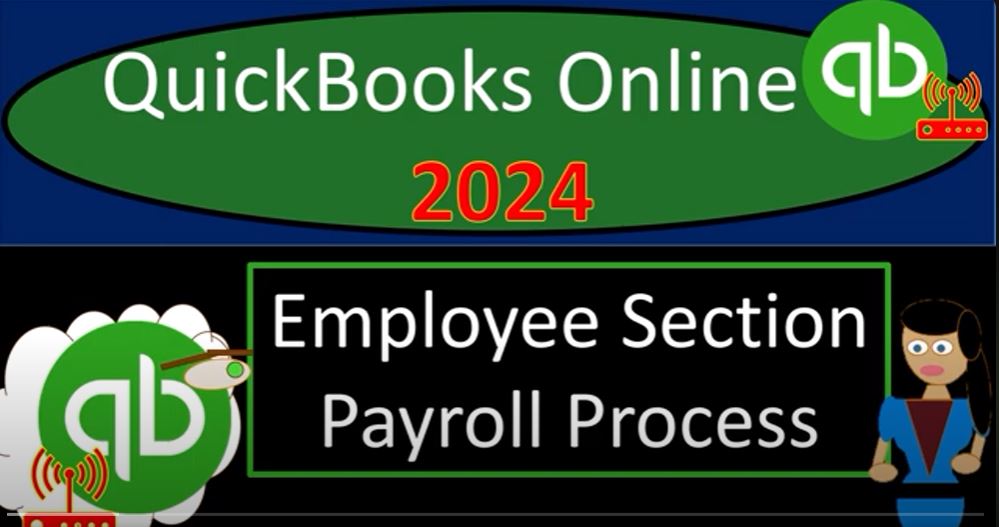Welcome to the world of QuickBooks Online 2024! In this blog post, we’ll be delving into the intricacies of the payroll process for employees using QuickBooks Online. Join us on this journey as we hike through the audit trail to success, exploring the steps involved in managing payroll efficiently.
Setting the Stage: Let’s start our QuickBooks Online adventure by familiarizing ourselves with the platform. We’ll walk you through the process of accessing QuickBooks Online, selecting the appropriate version, and ensuring a smooth start to our payroll journey.
Understanding Payroll Cycles: In previous discussions, we’ve explored various cycles within the bookkeeping process, including customer cycles, vendor cycles, and now, our focus is on the employee cycle. Payroll, a crucial aspect of the employee cycle, presents unique challenges due to the diverse laws and regulations governing it. We emphasize the significance of location-specific regulations, especially in areas like the United States, where federal and state-level payroll taxes add complexity.
Options for Payroll Processing: Next, we shed light on the different approaches to payroll processing within QuickBooks Online. Users can choose to handle payroll internally by leveraging QuickBooks’ add-on features or opt for external payroll providers like ADP or Paychex. We discuss the importance of understanding the unique needs of your business when deciding on the most suitable payroll processing method.
Expanding Your Team: Employees vs. Contractors vs. Partners: Before delving into payroll, it’s essential to consider how you want to expand your team. We outline the distinctions between hiring employees, contractors, and partners. We emphasize the IRS’s perspective on differentiating between employees and contractors and the implications of each choice on tax obligations.
Exploring QuickBooks Payroll Features: Taking a closer look at QuickBooks Online, we navigate through the payroll center, where users can access essential tools for managing employee payroll. We discuss the process of adding employees, ensuring that the required information, often obtained from W-4 forms, is accurately entered.
Overview of Payroll Process: We provide an overview of the payroll process, detailing steps such as time tracking for hourly employees, processing payroll based on chosen schedules (weekly, bi-weekly, semi-monthly, or monthly), and calculating and withholding various deductions, including federal and state taxes. We highlight the complexity of payroll transactions and the importance of accurately reporting payroll information to employees.
Considerations for Third-Party Payroll Processing: For those opting to use third-party providers for payroll processing, we offer insights into the potential benefits and challenges. While outsourcing payroll may involve additional costs, it can be a viable solution for businesses with limited internal expertise. We also discuss the necessity of integrating third-party payroll data into QuickBooks for comprehensive financial reporting.
Conclusion: In conclusion, managing payroll in QuickBooks Online involves a thoughtful approach, considering both internal processing and external service options. Whether you’re a small business owner or a growing enterprise, understanding the nuances of payroll is crucial for financial success. Stay tuned for future courses or sections where we dive into practical exercises and explore the finer details of payroll processing within QuickBooks Online.

